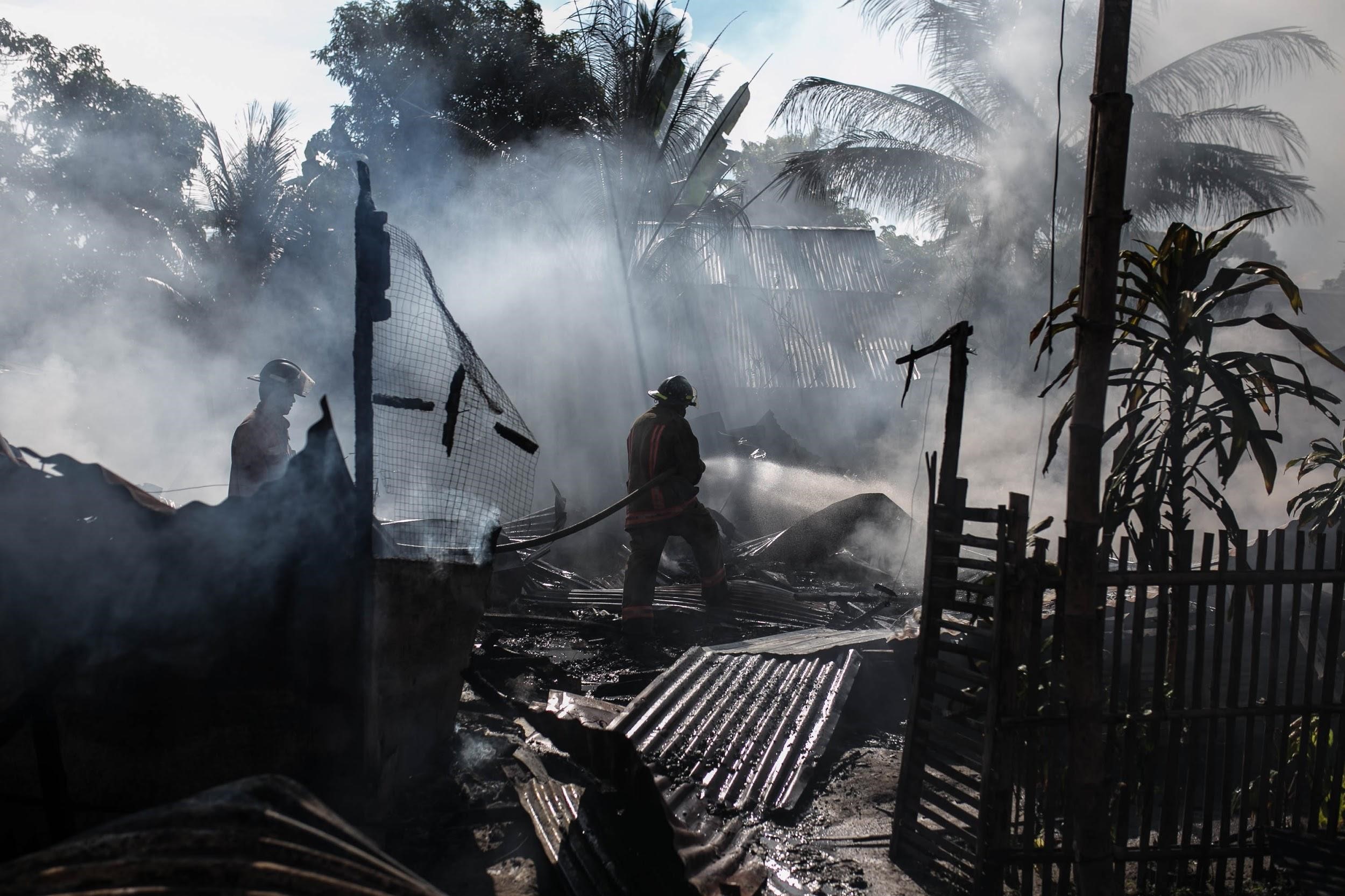Disaster preparedness is not an area that many Americans are particularly organized for – just 40% of adults have practiced what to do if disaster strikes. If you want to increase your chances of properly handling a natural disaster in Washington State, you should talk about your emergency response plan with your family and ensure each member of your household has practiced it together. Read on to find out how to be prepared if the worst were to happen.
Natural Disasters In Washington State
A wide range of natural disasters have occurred in Washington State. Thanks to the varied geology, landscape and proximity to several fault lines the state is prone to a number of different emergency situations.
Earthquakes, volcanoes, tsunamis, floods, severe storms, and landslides are all conceivable. More than 1,000 earthquakes occur in Washington each year and with five major volcanoes – Mt Baker, Glacier Peak, Mt Rainier, Mt St. Helens and Mt Adams – the risk of volcanic activity is not as far-fetched as it may initially sound.
Not far off the coast, lies the Cascadia subduction zone – an area where the Juan de Fuca plate pushes beneath the North American plate. Disruption in this area, or the Seattle Fault, which runs underneath the Puget Sound, could cause a tsunami that would cause major issues as far as Tacoma.
Preparing for Disaster
Rather than worrying and then pushing aside thoughts of a natural or man-made disaster affecting your home in Washington State, it is wise to put together a plan of action should one strike your area. While different catastrophes will require different actions, all have some central similarities in terms of preparedness.
Early warning: The sooner a danger has been identified, the better you will be able to respond. Subscribing to an emergency alert system will ensure you receive notice of any impending danger or situation that may affect your home at the earliest possible moment.
Get kitted out for an emergency: Just as you may have a first aid kit in the home so you can respond to cuts, bumps, and other minor injuries, having an emergency response kit that’s ready to go should you need it is essential. Collect all the necessary items you would need to survive a prolonged cut to your power and/or water and have them ready to grab should you need to vacate your home. This means packing a torch, spare batteries, cell-phone and charger, spare house and car keys, first-aid kit, personal medications (if any), disinfectant wipes, non-perishable nutritious snacks, refillable water bottles and enough drinking water to last three days, cash, emergency contact information, and copies of important documents, into a backpack and storing it in an easy to access location of your house.
Exit routes: Knowing your exits and rehearsing them with your family can make all the difference when it comes to surviving a disaster. Determine two escape routes from each room in your home (include windows and doors). Ensure everyone knows which route to take depending on the emergency and has rehearsed them together. This ensures children know how to evacuate the home in the event that they cannot be reached by adults.
Staying together: It is not always possible to stick together when disaster strikes. Ensure you have a communication plan and agreed meeting points prearranged should family members become injured or separated from each other. FEMA has an excellent template that can help you create a communication plan for your family.
Being prepared for conceivable dangers, be they natural disasters or man-made dangers, increases the chances of your family remaining calm and surviving a catastrophe, should the worst happen.
Written by,
Stephanie James
Freelance Content Writer

